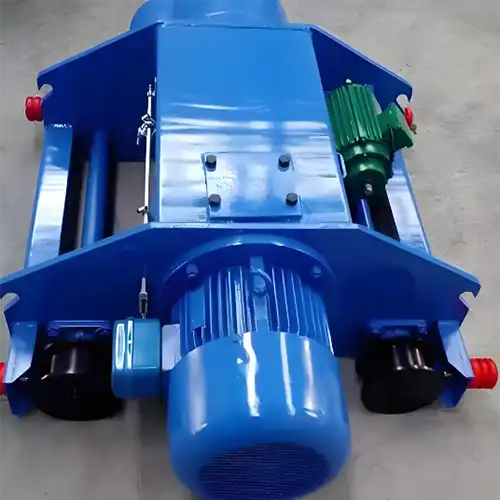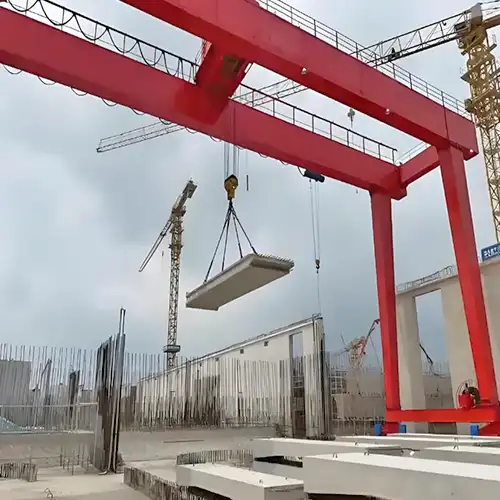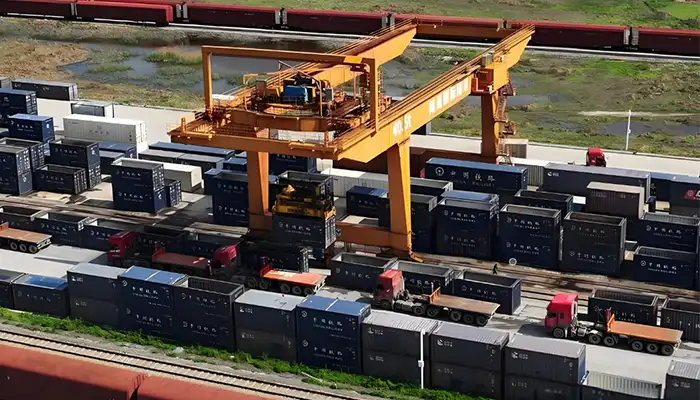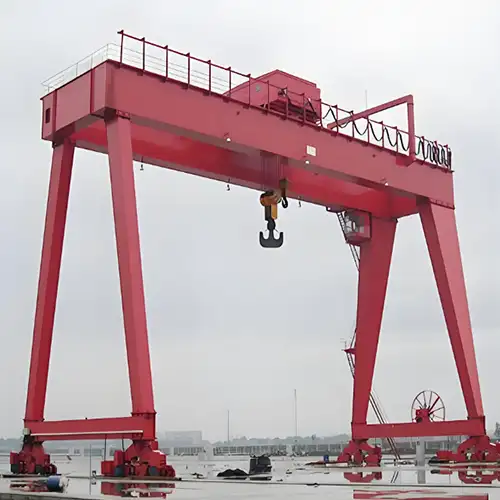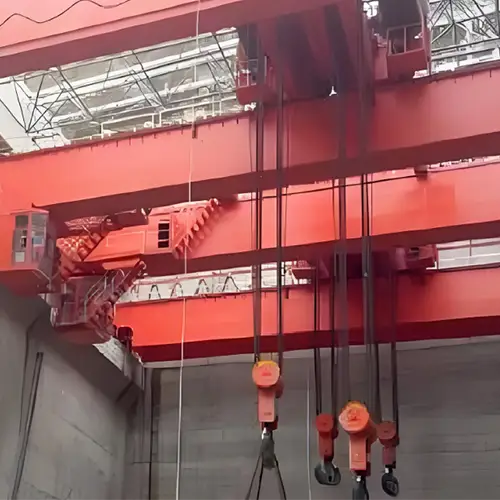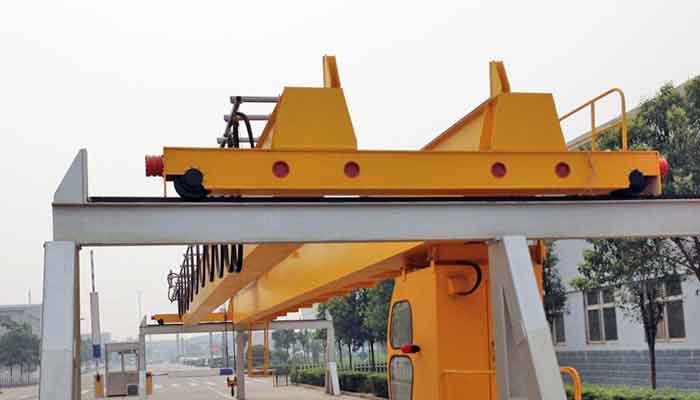
Types of Crane buffers & Crane bumpers for All types of Cranes
Tyeps of cranes buffers are available including Physical Buffer i.e, rubber and polyurethane buffers, Spring crane buffer& hydraulic buffer. What's the difference of crane buffers? Check now!
What is a crane buffer or crane bumper? A crane bumper (also known as an industrial buffer) is a safety crane parts and components for overhead crane and gantry crane that absorbs the energy of a moving crane, protecting the crane, the structure of the building it may operate in, and employees in the immediate area from collision damage. Maximal productivity in a contemporary steel factory necessitates maximum equipment capacity and fast operational speeds. Higher capacity and speed have considerably raised the likelihood for collisions in the steel mill overhead traveling crane. Crane buffers and bumppers of various varieties are required parts of cranes to maintain crane safety.
Why crane buffer is needed ?Due to the high operating speed ofoverheadcrane, in order to protect the overhead crane and the buildingstructure when theoverheadcrane collides with the end of the track (or with another crane) column, it is necessary to ensure that theoverheadcrane can stop relatively smoothly without causing a violent impact, which is the main function of crane buffer also called crane bumppers. The buffer is set at the position where thecrane or the trolley collides with the blocking body. The buffer should also be set between the cranes running on the same track and between the two trolleys on the same crane.

Overhead crane trolley buffer

Overhead crane buffer

Gantry crane buffer on ground beam
Almost all electric traveling cranes utilize some sort of industrial buffer or bumper for the purpose of eliminating or minimizing damage. Protection of this type is required for three major types of collisions:
- Crane to Crane
- Crane to Building
- Trolley to Bridge End Stop
Main types of crane buffers
Generally the crane buffers or crane bumpers can be classed into the physical buffer, spring buffer and hydraulic buffer. According to the applications and requirements, these types of crane buffers are selected accordingly.
Physical buffers
Rubber and polyurethane buffers are two types of physical buffers. The rubber buffer has a simple structure and can act as a barrier, whereas the polyurethane buffer can absorb more energy and has corrosion resistance, as well as anti-high and anti-low temperature properties. Polyurethane buffers can both insulate and protect against explosions, while also being inexpensive, having a long service life, and being simple to install and maintain. As a result, polyurethane buffers are now widely utilized around the world.
- Rubber buffer: This buffer structure is simple, but it can absorb less energy, generally used for cranes running speed of not more than 50 / min of the occasion, mainly play a blocking role.
- Polyurethane buffer: polyurethane foam absorber to absorb energy, buffer performance, oil resistance, aging resistance, acid, corrosion resistance, high temperature and low temperature, insulation and explosion, the relative density of children and light, simple mechanism, low price Noise, no spark, easy installation and maintenance, long service life and so on. So in the international community has been widely used in the general crane, can replace the rubber and spring buffer, explosion-proof places in the more worthy of promotion.
Spring buffer
The spring crane buffer is one of them. The crane spring damper has a fairly simple structure. The bumper, the spring, and the shell make up the crane spring buffer. Its major function is to avoid an accident from occurring when the crane collides with the spring buffer and transfers the energy into the spring's compression energy.
The spring buffer has the advantages of a simple structure, reliable operation, and the ability to perform normally at low temperatures. The most notable flaw is that the back pressure is excessive, causing the crane to rebound. Because the rebound phenomenon becomes more severe as the running speed increases, this type of buffer can only be utilized on cranes with a running speed of 50-120m/min.
Hydraulic buffer
The hydraulic buffer is the third type. When a collision occurs, the liquid in the working cavity flows into the oil storage cavity through the numerous small holes on the cylinder liner, where the damping action of the small holes absorbs the kinetic energy of the moving body and transforms it into the potential energy of the liquid. When the crane leaves, the return spring returns it to its previous place, and the liquid flows back into the working chamber at the same time.
The hydraulic buffer can absorb large impact kinetic energy and has no rebound phenomenon. It is suitable for cranes with operating speeds greater than 120m/min. The disadvantage is that the structure is complicated and affected by temperature, sometimes causing oil leakage. In order to overcome these shortcomings, a granular working medium is designed to be steel balls. When the crane collides, the kinetic energy of the collision is absorbed by the working medium of the spring, and the original position is restored under the action of the spring after the collision. Practice has proved that this kind of buffer has a smooth force curve and recoil force, which can stop the crane smoothly and reset slowly.
Custom crane buffers for your cranes
Crane buffers can be made to order to match the needs or specifications of any application. Please contact our staff for further information if you are unsure which crane buffer you will require.
Optional mounts, such as the foot, front flange, and side mounted adapted bracket, can be supplied. Crane buffers can installed on adjacent sides where bridges or trolleys can be provided. Please leave us more detailed information or sample pictures, the most suitable solution will be provided for your application.



